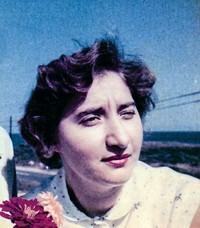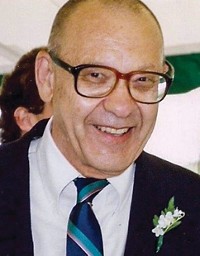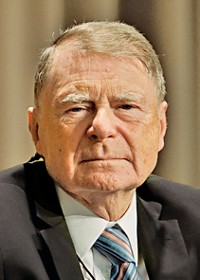Advertisement
Grab your lab coat. Let's get started
Welcome!
Welcome!
Create an account below to get 6 C&EN articles per month, receive newsletters and more - all free.
It seems this is your first time logging in online. Please enter the following information to continue.
As an ACS member you automatically get access to this site. All we need is few more details to create your reading experience.
Not you? Sign in with a different account.
Not you? Sign in with a different account.
ERROR 1
ERROR 1
ERROR 2
ERROR 2
ERROR 2
ERROR 2
ERROR 2
Password and Confirm password must match.
If you have an ACS member number, please enter it here so we can link this account to your membership. (optional)
ERROR 2
ACS values your privacy. By submitting your information, you are gaining access to C&EN and subscribing to our weekly newsletter. We use the information you provide to make your reading experience better, and we will never sell your data to third party members.
Synthesis
Bruce Merrifield
August 21, 2006
| A version of this story appeared in
Volume 84, Issue 34
Bruce Merrifield, who receivedthe 1984 Nobel Prize in Chemistry, was an undergraduate buddy of mine at the University of California, Los Angeles, in the early 1940s. He died at my age of 84. His success exemplifies how diligent effort leads to success (C&EN, May 29, page 8).
A biochemistry major, he was often found in his rubber lab smock walking the chemistry building holding a sixtet pipette structure, part of the equipment for studying biochemical reactions in which reagents are added to hundreds of test tubes containing experimental cultures. He contentedly did the job, which he called "durking," whereas I, involved in physical chemistry, looked with disdain on repetitive efforts.
It was his nature to do the best he could in everything. When playing catch with tennis balls outside the chemistry building became a contest to see who could throw highest, it was he, not the biggest, though sinewy, who threw almost out of sight, while my tennis ball remained discouragingly visible. He learned much from his dad, whom I met at dinner at his home, who labored hard to provide the best for his family,
Bruce "went around" with Libby, and when most of us were happy-go-lucky about such things, Bruce knew what he wanted. Libby became Elizabeth Merrifield as soon as Bruce got his Ph.D. I still recall with fondness and envy the bridal kiss to me from his new wife.
I never saw him after he left to join Rockefeller Institute but was not surprised that his Nobel Prize stemmed from the initial synthesis of DNA using a mechanism he developed to do the many needed repetitive processes.
Leonard Greiner
Santa Ana, Calif.





Join the conversation
Contact the reporter
Submit a Letter to the Editor for publication
Engage with us on Twitter